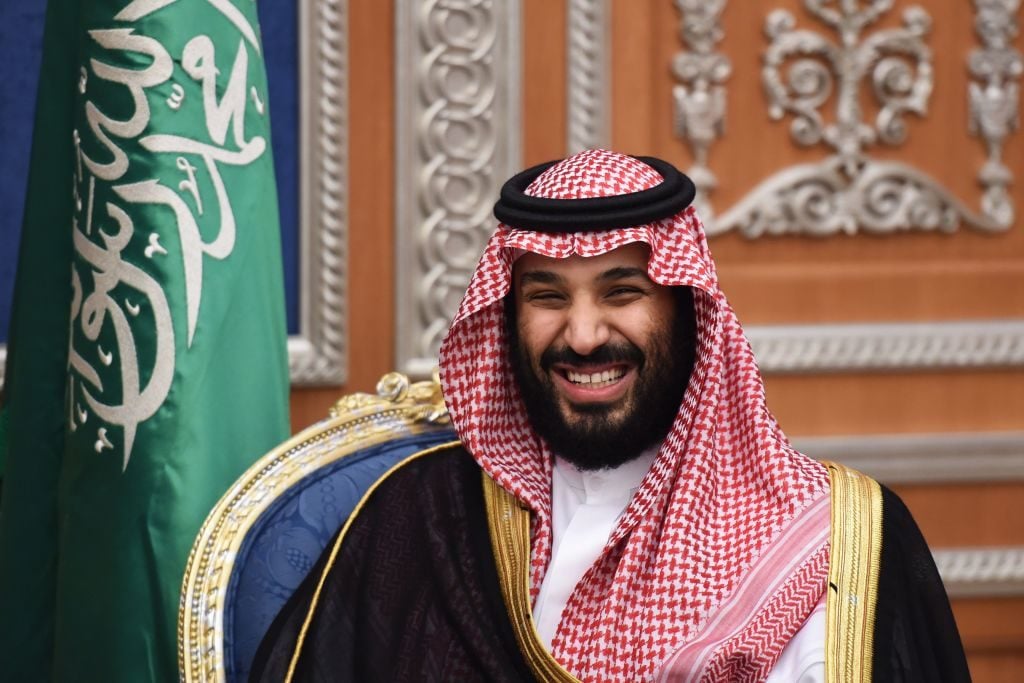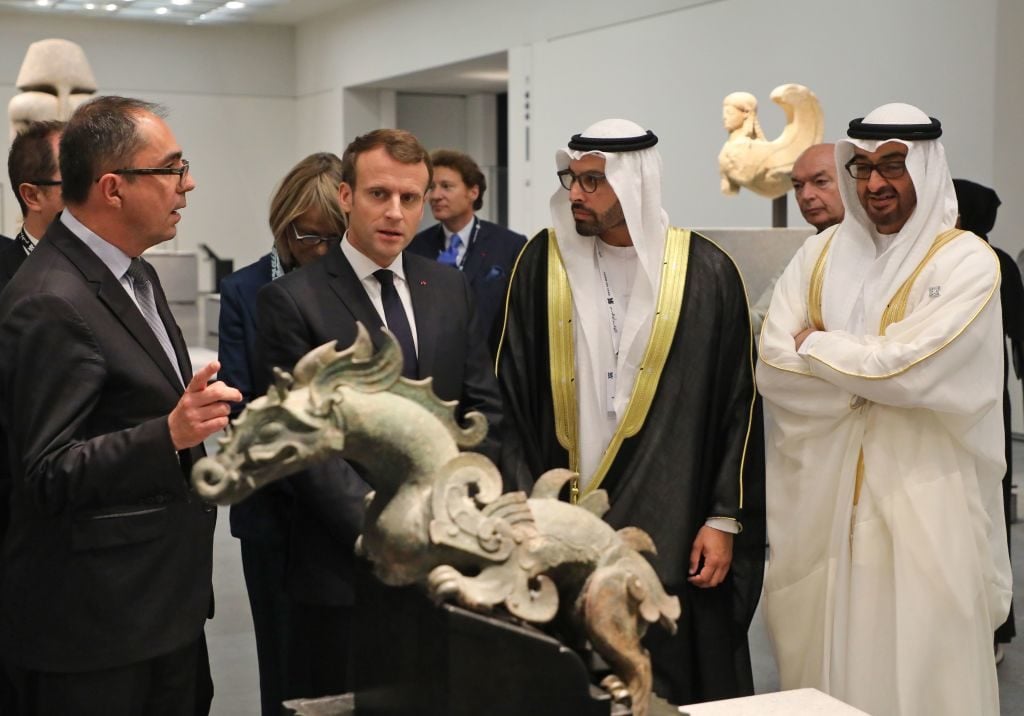People
Saudi Crown Prince Mohammed bin Salman Is Revealed as the Real Buyer of the $450 Million ‘Salvator Mundi’
The purchase now appears to be one piece of a larger geopolitical game.

The purchase now appears to be one piece of a larger geopolitical game.

Eileen Kinsella

The true buyer behind the recent blockbuster $450.3 million sale at Christie’s New York of Leonardo da Vinci’s Salvator Mundi is Saudi Arabia’s crown prince Mohammed Bin Salman, the Wall Street Journal revealed today.
Yesterday, the New York Times broke the story that a lesser-known Saudi prince and distant relative of Bin Salman, Prince Bader bin Abdullah bin Mohammed, had been the winning bidder of the Leonardo. “But he is a proxy” for the crown prince, an unidentified “Saudi art world” source told the WSJ.
Observers had found it strange that a figure like Bin Mohammed, nearly unknown outside of his home country, would be behind the purchase of the most expensive painting of all time. (Indeed, yesterday artnet News’s Andrew Goldstein and Julia Halperin speculated about the possibility that he was buying Salvator Mundi on behalf of Bin Salman.)
The WSJ adds some interesting context on the purchase:
Mohammed bin Salman, known by his initials MBS, was identified as the painting’s buyer in U.S. intelligence reports, according to people with direct knowledge of the information. American officials have closely watched Prince Mohammed’s activities, particularly as he moves to sideline contenders to the throne and has arrested rivals in the Saudi capital.
The blockbuster art acquisition now appears to be a move in a much bigger geopolitical game unfolding across the Middle East. The WSJ report notes that Saudi Arabia’s big auction move may be an effort to win “cultural bragging rights” and focus attention on its own emerging art scene, especially given the decade-long and frequently splashy art buying spree of the Qatari royals.
The Qataris have made headlines in recent years by setting art-market records, among them the $250 million paid privately for Cezanne’s The Card Players in 2012.
Yesterday, the Louvre Abu Dhabi had tipped off its followers to further news about the possible owner of Salvator Mundi when it began posting on social media that the 500-year old painting was headed for the just-opened institution.

Abu Dhabi crown prince Mohammed bin Zayed Al-Nahyan (right) visits the Louvre Abu Dhabi Museum, meeting president-director of the Louvre Museum, Jean-Luc Martinez (left), French president Emmanuel Macron (second left), and chairman of Abu Dhabi’s Tourism and Culture Authority, Mohamad Khalifa al-Mubarak, Deputy Director of the Louvre Abu Dhabi (second from the right) and on November 8, 2017. Photo by Ludovic Marin/AFP/Getty Images.
The WSJ notes that the Abu Dhabi destination may also help explain the Saudi crown prince’s political motives for acquiring it. The United Arab Emirates, of which Abu Dhabi is the capital, has deepened ties with Saudi Arabia amid Bin Salman’s ascent to power. The UAE has long tried to establish itself as a cultural hub, with mixed results. Both Saudi Arabia and the UAE cut diplomatic ties with Qatar this past summer after long-simmering tensions.
The ruler of Abu Dhabi, Mohammed Bin Zayed has acted as a mentor for Saudi’s Bin Salman as he moves forward with his own grand plans for the country.